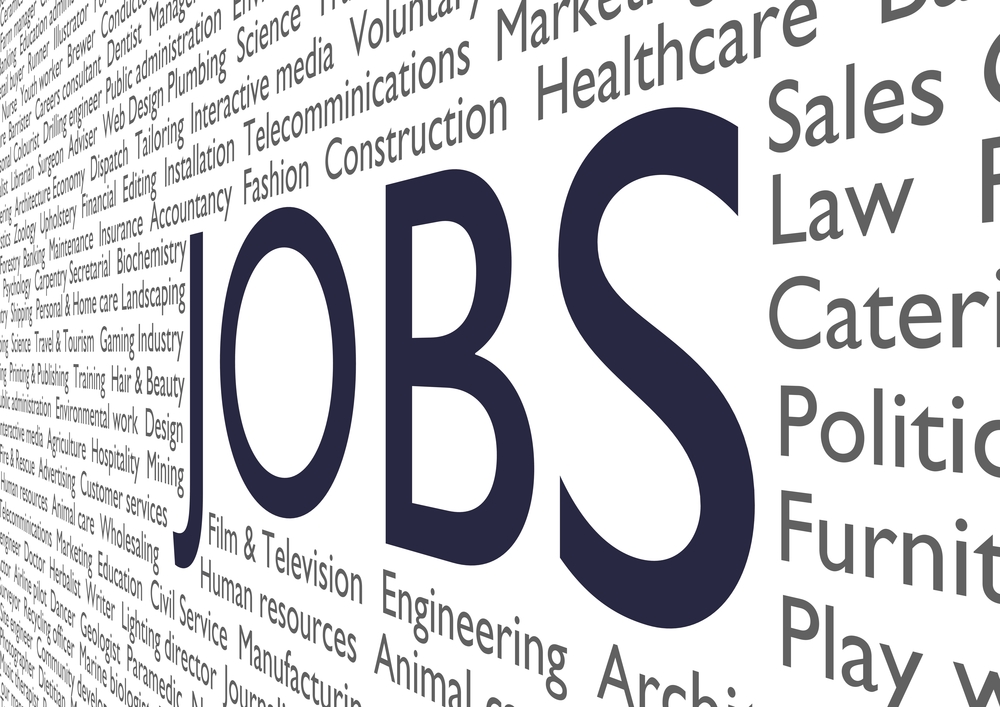
The United States created 225,000 new jobs in January. 206,000 jobs were created in the private sector and 19,000 in the public sector. The consensus estimate was for 160,000 new jobs. This number beat even the most optimistic forecasts which were suggesting the economy might create around 185,000 jobs.
The November 2019 number was upwardly revised by 7,000 jobs, as was the December number which saw an upward revision of 2,000. You may recall that the December jobs number was slightly disappointing to some analysts so any upward revision is additional good news. Putting it all together, and the average number of jobs created in the last three months is 211,000.
The strong report firmly puts to bed any thoughts of an imminent recession. There were some suggesting that if the jobs number had come in at the consensus estimate, it would be confirmation that the economy was indeed slowing. It also clearly confirms that the U.S. consumer remains strong and confident. And it’s that confidence that seems to be encouraging businesses to take on additional staff.
Here are three things to take away from the Jobs Report:
- Businesses remain confident – Almost every day there is a discussion about businesses finding a lack of workers to fill the jobs that they need. And yet, for the last two months at least, the jobs report is indicating that businesses are filling jobs that need to be filled. Certainly, some of this boost is coming from individuals re-entering the labor force. The jobs report showed a 63.4% labor participation rate. The unemployment rate actually ticked up from 3.5% to 3.6% as a result.
Wage growth also rose. According to the report, average hourly earnings were up 3.1% from the same point a year ago. This was an increase from 2.9% in December. Wage growth continues to be a glass-half-empty or half-full number. It’s true that wages are increasing at a pace that is exceeding inflation. However, economists are puzzled why wages are not showing stronger growth considering the historically strong employment numbers.
One explanation may be that as businesses make the choice to add new employees, they are increasing the pie from which all workers receive compensation. In small businesses, which are the engine of this economy, adding payroll is a major expense making it difficult to raise existing workers’ wages.
- Some clarity is needed in the manufacturing sector – If there was any disappointment in the jobs report, it came from a manufacturing sector that showed a decline of 12,000 jobs. This marked two out of the last three months when the sector showed negative job creation.
On the one hand, this was not surprising because the manufacturing sector was among the most affected by the prolonged U.S.-China trade war. And the sector continues to face the potential for supply chain disruptions resulting from the coronavirus outbreak.
However, earlier this week the Institute for Supply Management (ISM) issued its monthly manufacturing index that showed national factory activity had increased. The 50.9 score was the highest number the index had recorded since July of 2019. The number not only beat the estimate of economists who forecast a 48.5 score, but it was up significantly from the upwardly revised 47.8 score in December. This also broke a string of five consecutive months of contraction in the index.
An ISM score below 50 implies contraction in the sector. And considering that manufacturing accounts for approximately 11% of the U.S. economy, the consistent downtrend is cause for concern. Now the question becomes is the jobs report simply lagging behind the ISM index, or will one or both numbers be negatively revised in the coming months.
- Could the Fed increase interest rates? - The conversation heading into the December jobs report was what number would incite the Federal Reserve to consider additional interest rate cuts. However, with another jobs report number that can only be seen as exceeding expectations, the question is turning to at what point does the Federal Reserve start to consider raising interest rates.
To be clear, there is not a strong sentiment that the Fed will consider this course of action coming off of this job report. However, if the economy keeps creating jobs at this pace, there are those that think the Fed may start looking to rate increases later in 2020.
And let’s face it, in an election year the Fed will be hard-pressed to take any action on interest rates one way or the other for concern about seeming to be playing politics.
Before you make your next trade, you'll want to hear this.
MarketBeat keeps track of Wall Street's top-rated and best performing research analysts and the stocks they recommend to their clients on a daily basis.
Our team has identified the five stocks that top analysts are quietly whispering to their clients to buy now before the broader market catches on... and none of the big name stocks were on the list.
They believe these five stocks are the five best companies for investors to buy now...
See The Five Stocks Here
Enter your email address and we'll send you MarketBeat's guide to investing in 5G and which 5G stocks show the most promise.
Get This Free Report
Like this article? Share it with a colleague.
Link copied to clipboard.